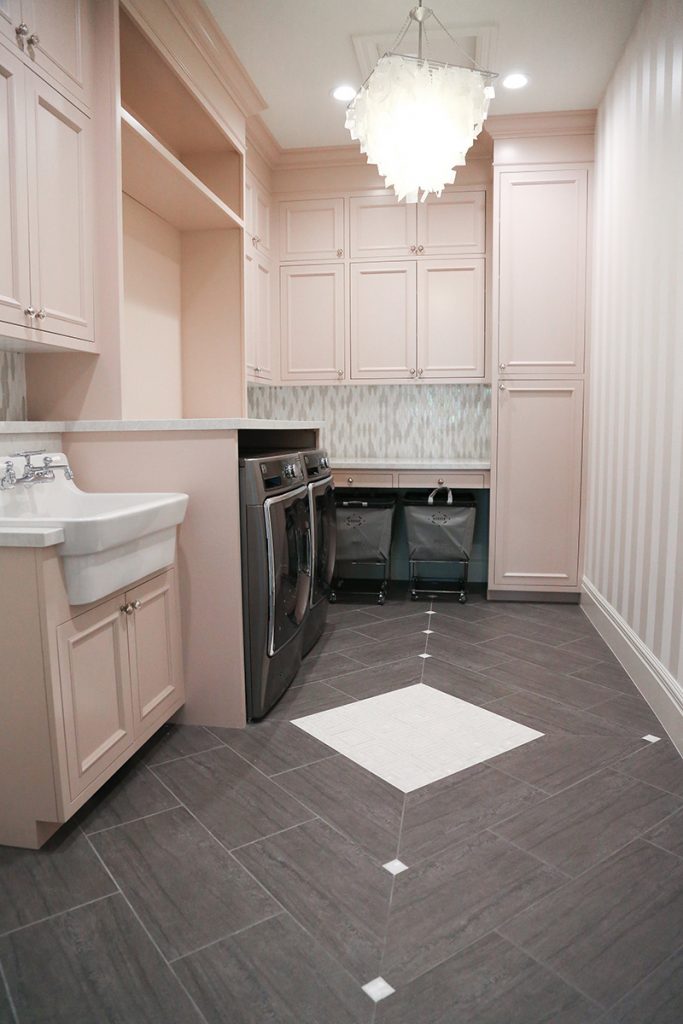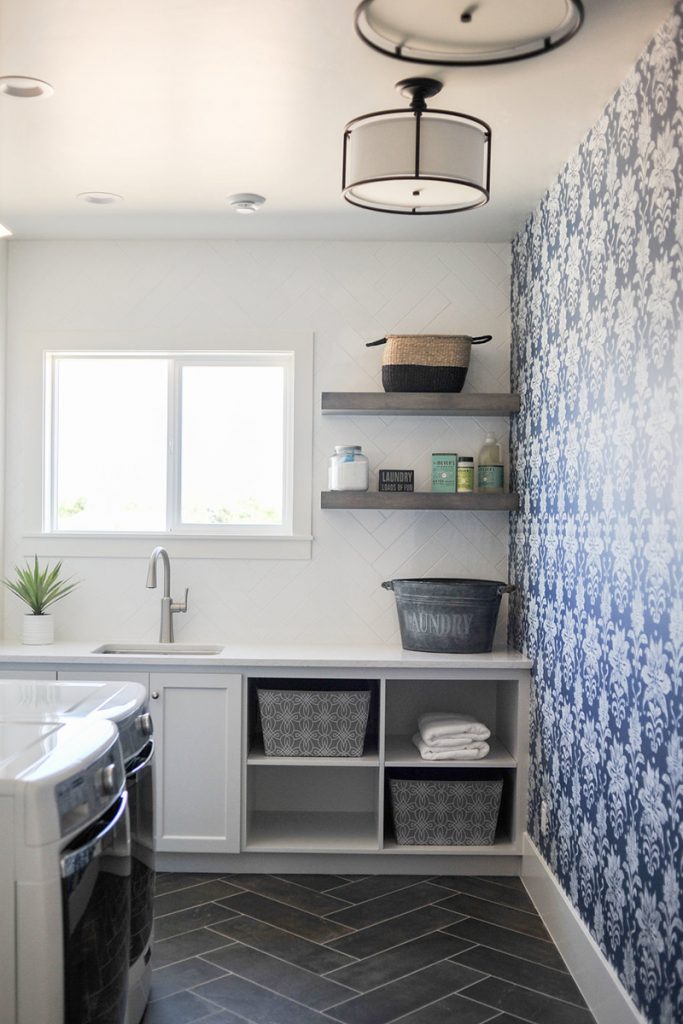
When flood water seeps into your basement, you can expect that problems will follow afterward. Mold can be one of the problems if you don’t get rid of the moisture immediately. Since basements are often dark, dank, and cold, cleaning and maintaining it might be the last thing in your mind.
It is recommended to check the basement twice a month, especially if it’s already the rainy season. There are times that you may notice that flood or melted snow is already seeping into your basement, and you may not see this problem until it’s too late. The resulting wet materials are the perfect growing area for fungi, such as mold. You can read more about fungi when you click here. For issues involving mold, here is some information that can benefit you.
What Mold Needs to Grow
Two components contribute to the growth of fungi. The first one is damp space, and the other one is wood or any material that the mold can grow on. Once an area of the house is flooded and the moisture is retained, it will take less than a week for mold and algae to grow on wood and any other surfaces in that place.
If you have experienced a flood, you must dry any material that has moisture in it. You may need a little help from the professionals if the issue is too much to handle. Some contractors can help you with areas that have poor ventilation and lighting.
Mold begins with a spore that floats everywhere around and inside the home. The spores are always around the environment, and they can’t be exterminated completely. If the spores don’t come in contact with water, they will be left sitting wherever they land. But if there’s water around, they can turn into a problem.
If water is added in the mix, the fungi will begin to spread their tentacle arms. The arms called hyphae will tangle into the surfaces to grow. The arms will be fuzzy and slimy when it comes to areas where it’s dark and damp. Note that any material inside the basement can be a thriving place for the fungi as long as the water is present.

Effect of Mold in Various Materials
Drywall
There are times when you check the basement on a rainy day and discover that flood is coming in. Sometimes, melted snow falls from the roof into the ground and seeps into cracks and crevices near your property’s foundation.
When it comes to drywall, there are times when the fungi grow between the walls. This is an issue that you can no longer ignore. You can call an expert in mold remediation to provide you with a solution to this problem. These experts can do dehumidification, sump pump installation, testing, and other methods to remove the mold inside your home.
The fungi are not only inconvenient, but they can also cause serious health risks to the people around the home and damage your home’s foundation. One of the tests that the pros do is to drill a hole behind the drywall area. They stick a testing tool to check the presence of fungi. If they found out that there’s a significant amount of fungi growing in there, they will suggest replacement of portions of the drywall that were affected.
Wood

In many properties, wood is present in the basement in the form of floors, walls, frames, and furniture. This is another vulnerable material that you should watch out for. It can contain pathways where the fungi can attach their hyphae and reproduce.
There are times when there’s too much mold in furniture that can break down some of the framings and support. There are times when the fungi grow on the other side of the planks and make the floor splintery or breakable. It can take an expert to discover the extent of the problem, especially if you have a dark basement.
What you can do to remedy the situation is to bring any wooden furniture upstairs. It would be best if you dried it out in a ventilated area to reduce mold. You can read about how to effectively remove them from your wooden furniture on this site here: https://www.housebeautiful.com/lifestyle/cleaning-tips/a27076660/remove-mold-from-wood-furniture/.

One thing that you should keep in mind is that the spores can transfer from one room to another. You can risk spreading them if the other rooms in your house are always damp. You can wrap small objects with plastic bags before you transport them upstairs to reduce the risk of spreading mold. Thanks to Basement Waterproofing Gurus for consulting






















